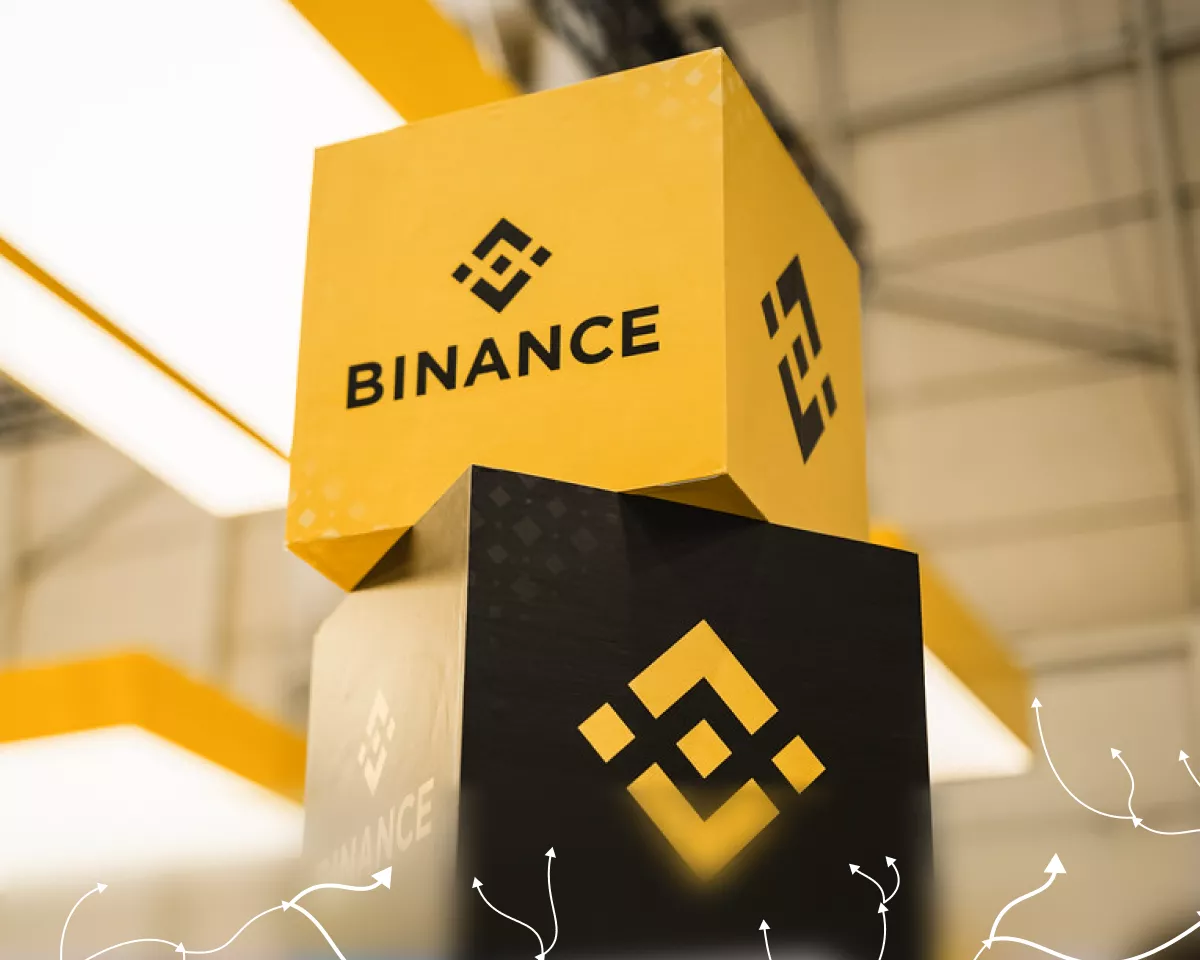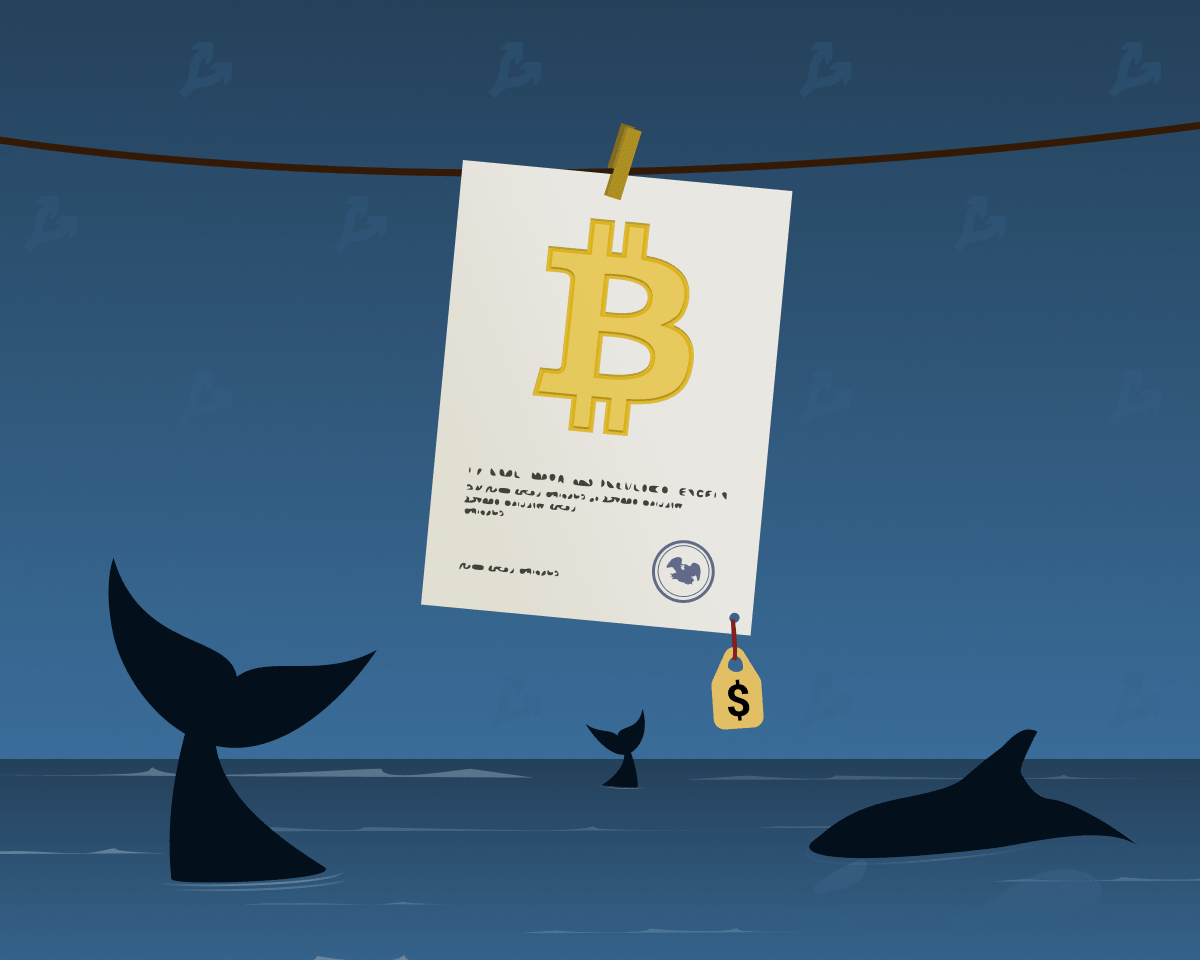
With growing momentum to bridge the gap between traditional banking systems and the world of cryptocurrencies, global stablecoin adoption is at an inflection point.
According to the World Economic Forum, stablecoin usage has surged in recent years, with the average supply increasing by approximately 28% year-over-year.
In 2024 alone, total transfer volumes reached $27.6 trillion, surpassing the combined transaction volume of Visa and Mastercard.
While US-based issuers Tether (USDT) and Circle (USDC) continue to dominate the sector with market capitalizations of over $155 billion and $61 billion respectively, Europe is approaching the stablecoin shift with measured intent.
The continent’s push is underpinned by regulatory clarity, infrastructure maturity, and a strategic focus on global competitiveness.
“MiCA has made the concept of stablecoins or even crypto no longer a forbidden topic in boardrooms and executive tables in corporates,” says Arnoud Star Busmann, CEO of Netherlands-based Quantoz Payments—the first issuer in the Netherlands and currently the only stablecoin issuer licensed under the EU’s MiCA framework in a AAA-rated country.
In an in-depth conversation with Invezz, Busmann discusses the strategic advantages of being a non-US issuer in today’s geopolitical environment, the niche use cases for euro-denominated stablecoins despite their smaller market share, why the future of stablecoins will be shaped by local jurisdictions, and how these digital assets are unlocking real-world asset tokenization by effectively representing cash.
Edited excerpts:
How the Markets in Crypto-Assets (MiCA) Regulation is reshaping the stablecoin sector in Europe
Invezz: Quantoz was the first EU-regulated issuer of e-money tokens. This regulatory-first approach has helped or hindered adoption, especially when you compare it to global competitors like Circle or Tether?
We were the first issuer in the Netherlands- the first issuer in a AAA jurisdiction.
There were a couple of parties before us, like Monerium for instance and Membrane, who got to market earlier, but we were the first ones in a AAA jurisdiction.
MiCA has been an enabler, allowing us to expand our business models.
So, originally the token that we issued was, we needed to figure out how to do it in a regulatory compliant way and we used the concept of e-money to issue that token, which is a closed loop.
MiCA opened up the opportunity also to create tokens that trade in secondary markets, which is our EURQ and USDQ.
What MiCA has done for anybody in this market, is it has made the concept of stablecoins or even crypto no longer a forbidden topic in boardrooms and executive tables in corporates.
And in fact, it enables people in finance to actually take a serious look at this technology rather than the compliance concerns surrounding it.
Being regulated by a central bank like the Netherlands gives that status of acceptability and credibility, certainty, that also helped us secure banks like ABN AMRO to work with us as our reserve banking partner.
On Quantoz differentiating itself as a non-US issuer in the current geopolitical setting
In terms of competing with global issuers, obviously Tether has taken a view on some of the requirements, and the MiCA did not align with their vision and business models, so it decided not to pursue a license in Europe.
It sort of opens the door for Circle.
Now, where we believe we can differentiate ourselves is as a, in a way, a non-US issuer in the current geopolitical setting.
We find that trust in some of the US institutions, US technology is not where it was.
And companies are looking for alternatives- European alternatives, but in the payment space, they’re also looking for ways to find settlements, paths that are an alternative to the standard SWIFT one.
In the past, that alternative wasn’t possible really, in a regulated way, but now it is. And that creates the opportunity, and we’re getting a lot of inbound interest for that reason.

Source: World Economic Forum
On evolution of euro-dominated stablecoins in a market dominated by dollar-based stablecoins
Invezz: How do you see the role of euro-dominated stablecoins evolving in a market that’s dominated by dollar-based stabecoins? Even if we look at your own tokens, USDQ, the market cap is higher than that of EURQ. So why does this difference exist, and what’s your take on that?
It’s something that I’ve struggled with as well as we’ve built our roadmap.
Because if you think about it, if you’re taking a Europe-only approach, a Europe-only view, then payments in Europe are pretty well organized.
So why would people start making payments in Europe using stablecoins? You can just use Euros, right?
So, there’s no real use case for that. There’s also no real use case for US dollars in Europe other than liquidity across European crypto exchanges just because US dollars is, let’s say, the default currency for that. So, it’s a bit of a weird one.
We think US dollars are going to remain the dominant currency for cross-border trade flows, although the euro is picking up. We see more interest.
But I’m not going to claim that the euro will take over from the US dollar and cross-border banks because I don’t think that will be the case anytime soon.
So the euro will compete in Europe in very specific circumstances.
And one of them is in cap pooling, for instance, in corporate use cases, particularly if you want to have protected environments where payments happen in euros, but where the cost of payment is still pretty expensive if you use regular payment technology.
If you can bring in stablecoin technology where the cost of settlement is like a thousandth of a cent, that’s disruptive, and that’s an area where we see huge opportunity for euro stablecoins.
We also see in the world of agentic commerce that is emerging, and it’s happening fast. We are actually involved in a couple of pilots in that space.
Exploring global use cases from Europe to Asia
Invezz: What are the milestones that you are eyeing in the next 12-month time frame in terms of business expansion, entering new jurisdictions? Asia and Latin America are seeing a rising stablecoin adoption, so any plans of entering those markets?
Absolutely. So we identify a go-to market by the corporates there. We’re still early stages. We still have to learn.
And also, exactly how can we place our products? We have a range of suspected use cases where we can differentiate ourselves and go to market.
European corporates with a global footprint are one of those areas. We are engaging with a couple to start figuring out how we can play. Similarly with trade flows.
So we are engaging with a series of partners, a couple of partners out of Hong Kong and one from Singapore to figure out how we can digitize the payments flow, the payment corridor for those exports to Europe.
We’re also doing a project at the moment with a coffee exporter from Europe and figuring out how we can facilitate same day payments from a buyer here in Europe to coffee producers in Colombia and in Brazil.
So those are really use cases that we’re working on, and we’re very bullish.
Again, we’ve had the feedback from most of those trade corridors that there’s an interest in non-US issuers for these stablecoins.
So we don’t have to educate them anymore on stablecoins. They get it.
When they ask about the counterpart we risk, we come back to the banks, to the regulator and being a non-issuer?
Also, you can imagine in the current trade wars, people might still want to have a US dollar-denominated stablecoin, but maybe not from a US issuer.
GENIUS Act is different from MiCA but legitimises stablecoins in a big way
Invezz: There are a lot of regulatory discussions happening around stablecoins, like with the Genius Act that’s under consideration in the US. What’s your take on that? The discussions also come with concerns about President Donald Trump’s involvement in the launch of a stablecoin through his family venture, World Liberty Financial.
I think it’s a huge opportunity to further legitimize the technology and take it out of the crypto realm. And, I would see the Genius Act separately from President Trump’s personal business.
There’s always going to be comments on that, probably rightly so. But I don’t think the two are that tied together.
I think what it does is remove the implicit curse or career risk that the US has had for years if you dared to pursue something to do with stablecoins, opening up the opportunity.
And the US has always been quite good at promoting innovation and opportunity, and ultimately ending up with regulation that is sufficiently protective of the consumers.
So, I think it’s a massive unlock of the biggest economy in the world to use this technology.
It’s slightly different structured than in the EU. I think the MiCA is even more focused on protecting consumers, has some other geopolitical agenda items, as well as protects monetary sovereignty in the EU.
And the way the reserves are structured is slightly different. But the fact that the US is pursuing this is amazing.
Invezz: In the long term, do you foresee yourself being an infrastructure layer, a B2B settlement provider or something else? How do you want to evolve in the coming years?
Competition among stablecoin infrastructure providers is very high. Everybody is talking about converting euro or US dollar into Colombian peso.
So, I think the real strength ultimately is going to be in becoming, let’s say, a trusted… I wouldn’t say a bank, but it’s more of a bank in the new world, which will bring us very close to the settlement layers when we do that.
Providing optionality in settlements, technologies to customers to create ideal mixes of traditional payment rails, closed-loop payment technologies, but also stablecoins that trade in secondary markets.
Not every technology is right for every circumstance. So, trying to do everything with a stablecoin doesn’t make sense.
But as a company, we’re very focused on creating a capability that is sitting on top of the real-time settlement networks as provides optionality with regards to settling on specific blockchains.
Speed and cost, and decentralization are really key aspects there.
And then providing to corporates, let’s say, I wouldn’t say a bank, because we won’t be doing credit, but we will be providing an incredibly strong counterparty for corporate use cases and build out from there.
No winner-takes-all: local rules will shape stablecoin dominance by sector and region
I think that is our niche. I also strongly believe that in the future of stablecoins, there will not be a winner-takes-all.
So currently we have Tether, the first mover advantage being huge, and they’re focusing really on a more retail proposition now in emerging markets, even though they’re massive, absolutely massive in crypto trading and that side.
I think Circle is a strong contender. But as I mentioned earlier, these stablecoins, they’re starting to affect monetary sovereignty in a number of jurisdictions.
So if you start realising that the dominant payment method, for instance in Bolivia is USDT and not the local currency, that’s a big risk for governments to have control over their own destiny.
Now, as it gets more and more impactful, these stablecoins in these economies, I think there will be a counter-trend, right?
That there will be a regulation either permitting it or basically creating certain rules that are more aligned with the monetary policy objectives of the country itself.
You’ll also start finding that there will not be regulatory equivalence between jurisdictions, just because the objectives and the impacts are different.
Which also means that stablecoins as a financial technology will be determined by local jurisdictions.
So what you’ll see is you start swapping. You’ll have a USDQ swapping with a USDC if it goes to America. Or with a Hong Kong dollar if it goes to Hong Kong.
And there will be the liquidity provision of swapping is going to be a key part of it.
But I think every regulatory jurisdiction will have a couple of leading stablecoins. And they might even be in specific verticals.
Either high-risk sector, crypto trading, corporate use cases. And that’s the future as I see it. And that’s what we’re positioning for.
We will very much be an issuer. And very much be sitting close to settlement as we can. And offer optionality of superior payment solutions to conflicts.
Stablecoins emerging as key unlock for real-world asset tokenization and treasury efficiency
Invezz: Is there anything that you’d like to share with us? Something that I haven’t asked, but that’s pertinent to the whole debate?
One of the most interesting areas right now is the tokenization of real-world assets — a long-promised concept that was hot two years ago but then fizzled out.
In a way, stablecoins are already tokenizing real-world assets by representing cash.
I believe stablecoins are the key to unlocking real-world asset adoption. We’re seeing this with partners who have surplus cash they need to keep liquid.
They can’t earn interest on idle cash, and moving funds into money market products limits access and yields.
Stablecoins solve this by offering intraday liquidity and efficient cash movement, which is a major unlock for funds managing cash drag and optimizing treasury operations.
Another area to consider is the distinction between CBDCs and stablecoins.
They’re fundamentally different. CBDCs are monetary policy tools that affect M1 and M2 and influence banks’ credit creation.
Politically, it’s a nightmare, the way we’re seeing it done, and it doesn’t add anything to the payment mix.
I’m curious to see whether CBDCs will be adopted or simply become tomorrow’s legacy systems.
The key difference is that stablecoins don’t create new money — they represent existing money, just moving it more efficiently. That distinction is crucial to understand.
The post Interview: Non-US stablecoin issuers gaining appeal amid trade wars, says Quantoz Payments CEO Arnoud Star Busmann appeared first on Invezz















 English (US) ·
English (US) ·